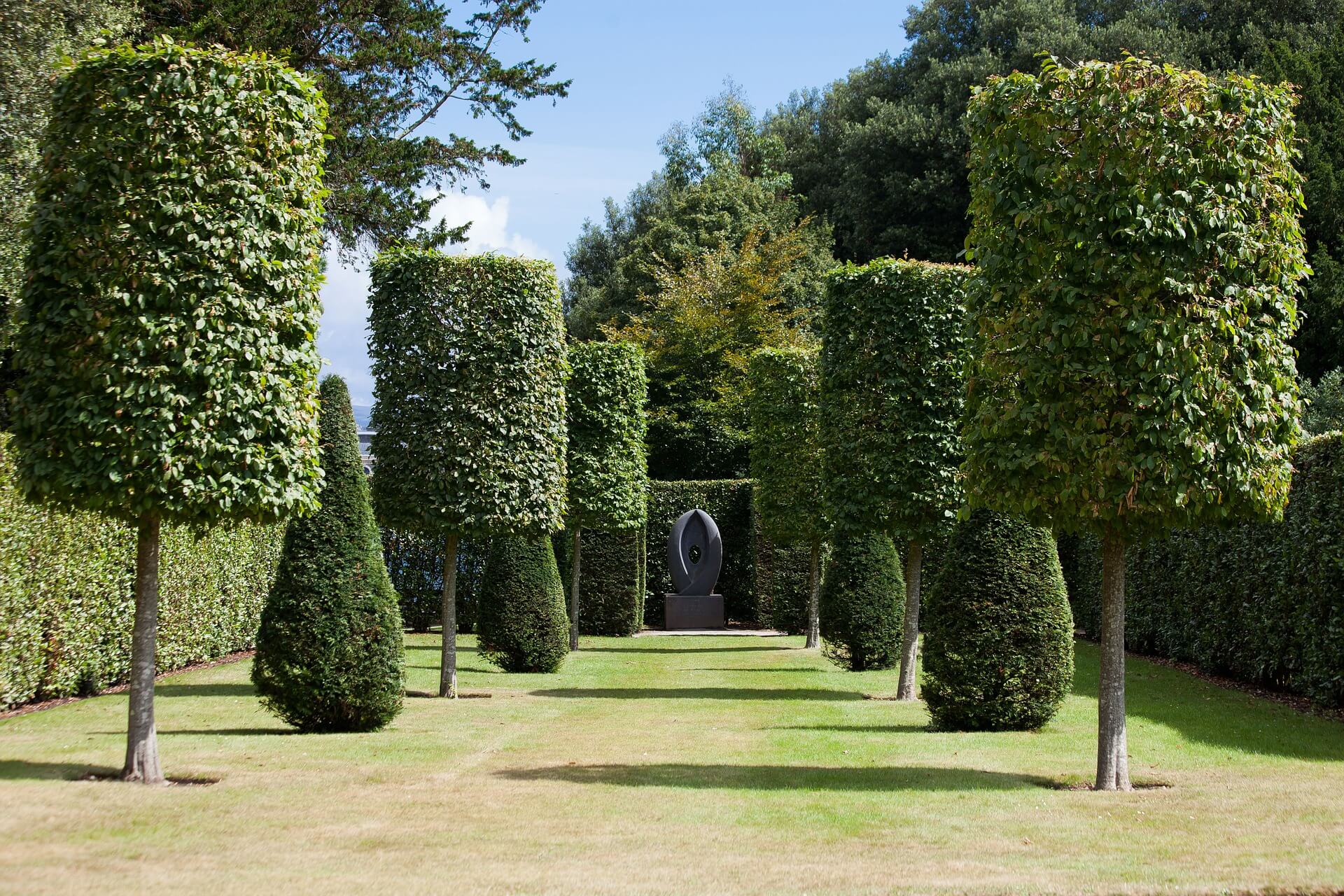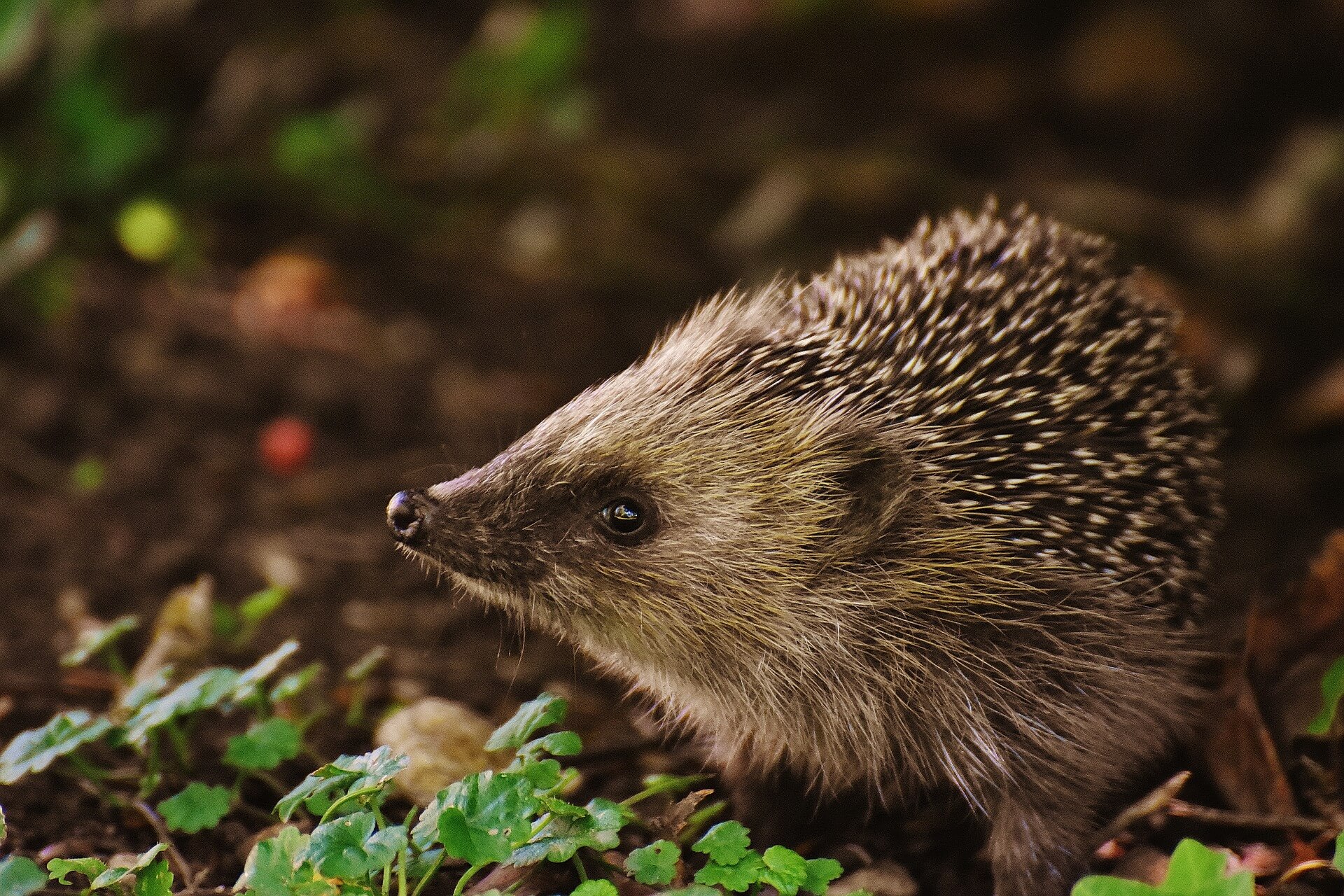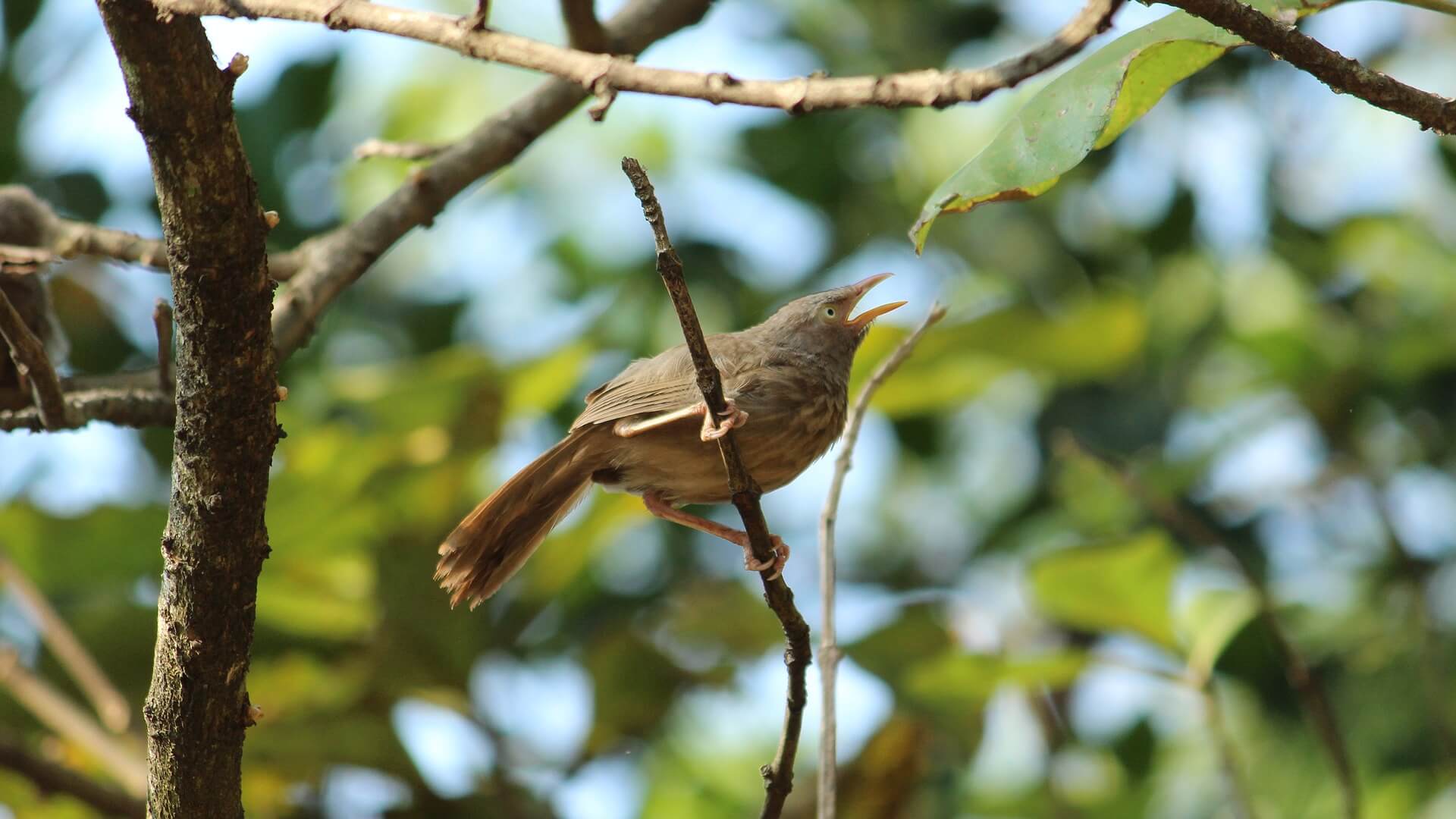The State of Nature Report
In 2013 over 50 British wildlife organisations worked together to release the State of Nature report, the first report of its kind which set out to undertake a “health check” of nature in the UK. The results were, to say the least, troubling. All around the UK, all kinds of wildlife was suffering – there were declines in populations of insects and butterflies, in birds and mammals and even in plants.
The UK is not left wanting when it comes to green space as over half of the total urban area in England is made of green space: parks, gardens and allotments as well as grassy verges take up a significant amount of room. The demand for houses with gardens is still very high but the shrinking amount of land available means these gardens are getting smaller and smaller. The urbanisation of formally wild spaces can even increase the impact of invasive species on local wildlife populations as they usually arrive via human transport routes.
In non-urbanised patches or arible or farm land, the trend continues. The report showed that since the 1970s there has been a rapid decline in farmland bird populations which showed no indication of improving any time soon. There were similar results when looking at farmland moths and beetles, with 64% of moths and 70% of beetles in decline.
A further report taken in 2016 held similarly worrying results, showing that 56% of species in the UK were in decline and 165 species were considered critically endangered – that’s one in ten species across the UK. One in six animal, bird, plant, insect and fish species had been lost altogether. While between 2013 and 2016 more steps were being taken to combat these problems, researchers could find no statistically significant improvements between the two reports that showed long-term change for the good.
The reports picked up on two trends which could be most closely linked with the continued drop in numbers of local birds, animals and insects. These were the lack of wild, uncultivated spaces and the use of pesticides, particularly agricultural ones.
Britain is, thankfully, a nation of nature-lovers. We’re birders and badger-watchers: where else would Springwatch reach as many people? The two State of Nature reports demonstrated this, as hundreds of volunteers popped up all over the country (and in Britain’s overseas territories) to count, track and observe the plants, animals and insects that the reports were focusing on. England loves its wild spaces – loves its moors and mountains, loves its beaches and brooks.
But do we love our gardens more?
The English Garden
It’s no coincidence that the word “paradise” stems from the ancient Hebrew word “pardes”, meaning “park” or “garden”. If a man’s home is his castle, then his garden is his estate. The garden is an important motif in popular culture; from the romantic gardens in which the heroine and hero walk in regency novels to the biblical Garden of Eden. The garden is the backdrop to scandalous love affairs, secret meetings and grand denouements.

The lawn – that big patch of green space you’ll probably find at the back (and front, if you’re lucky) of your house – has been a staple of Western homes for hundreds of years. The garden how we imagine it today has a carefully curated image which has evolved over time to become what we know today – a couple of flower beds, a vegetable patch hidden near the back, maybe a some patio furniture and, most importantly, a lot of grass. The lawn is as far from a “wild space” as it’s possible to get. Considering its popularity, then, what kind of impact is the British garden having on local wildlife?
Homeowners’ love of open spaces, trimmed lawns and pesticides is making it harder and harder for our favourite species to continue to survive. Bugs which would breed in long grass have nowhere to go, making it harder for garden birds to find reliable sources of food. Butterflies and bumblebees, which are integral for pollination, have fewer wildflowers to feast on and often find pesticides in maintained flower beds. Wild mammals such as hedgehogs, badgers and rabbits have nowhere to hide, breed and hibernate and the changing climate often means that those animals who do hibernate are waking up far too early.
What Can I Do To Help?
By making room for a wild space in your garden, you can start to support British wildlife in a real, active way. You don’t need to transform your whole garden into a meadow, but something is always better than nothing. Take a few square meters of space at the back of your lawn, overturn an unused vegetable patch or repurpose some beds and borders and allow the space to return to nature. By letting grass grow out and planting wildflowers (which often take a full season to come in), you can encourage more insects to land and breed, in turn feeding your garden birds. Long grass and flowers give small mammals more places to hide and you can combine your wild space with a compost heap or log pile to provide hedgehogs with a safe space to hibernate in the winter.

Stop your endless battle against the weeds and simply let them grow – and put that bottle of weedkiller down! A weed is just a flower that’s grown in the wrong place: start viewing it as a flower that’s grown in the right place. Plant more self-seeding flowers (or make an effort to seed your own flowers) which not only saves you money but also encourages plants to grow just as nature intended: wherever they land! Replace traditional fence panels (which can often trap animals) with hedges which allow them to pass from garden to garden, as well as providing a safe place for birds to nest.
If you’re keen on growing your own food, step away from pesticides and try using garlic water instead. If you’re still worried about slugs, encourage nature to solve the problem for you – a pond will attract frogs and toads, and they’ll eat the slugs. A garden pond with sloping sides (or an exit ramp) will also give garden birds and wild mammals a safe place to drink and bathe.
A wild garden is, invariably, a messy garden. For hundreds of years we’ve taken pride in our perfectly manicured, well-curated gardens with neat flower beds and horizontally-striped lawns. But in 2018, we have to ask ourselves a question: what do we value more – our perfect lawns or the beautiful, natural world which is struggling to thrive around us?
–
Lotti works with the Primrose Product Loading team, creating product descriptions and newsletter headers.
When not writing, Lotti enjoys watching (and over-analyzing) indie movies with a pint from the local craft brewery or cosplaying at London Comic Con.
Lotti is learning to roller skate, with limited success.
